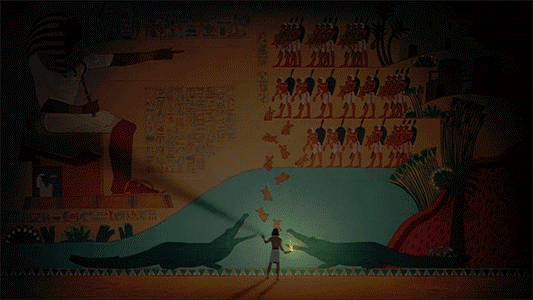 |
| "Ka Statues" |
Sculptures were
a very important feature of the great temples and tombs of ancient Egypt. It was
believed that these sculptures filled the place with powerful spiritual
qualities.
Some sculptures
include descriptions of kings, gods and also symbolic objects starting from the
time of the Old Kingdom to the middle of the Roman Period. Egyptian sculpture
took the form of statues and reliefs. These were often life-sized. All statues
and reliefs were carved into blocks of stone. Some of them were not only carved
but also painted with natural minerals such as iron ores (red and yellow
colours), copper ores (blue and green colours), soot or charcoal (black) and
limestone (white).
Egyptian
sculptors were the first people to create life-sized statues and reliefs in
stone, copper and wood. They produced detailed images of animals, plants,
humans, and even landscapes. Through their sculptures, they recorded the
essential elements of their world for eternity. Normally, the kings used
reliefs to record victories in battle, royal forces, and religious scenes. Whilst
sculptures were usually of kings, gods and goddesses.
Sculptures such
as the ‘ka statues’ usually served as funerary art. They accompanied the
deceased in burial tombs with the intention of preserving life after death.
The Great Sphinx is the largest sculpture around the world. It is located
among the great pyramids of Giza. It is 241 ft long , 63 ft wide, and 66.3 t
high. The Great Sphinx is carved out of limestone. As many of you know, it represents
a mythical creature known as a sphinx. The sphinx has a lion’s body but a human
head. It is believed that the head is that of the King Khafra, who was ruling
at that time. I personally believe, that the statue is half lion to symbolize
power.
 |
| "The Great Sphinx" |
References
British
Museum, N/A. The British Museum. [online]
Available at: <http://www.britishmuseum.org/explore/galleries/ancient_egypt/room_4_egyptian_sculpture.aspx>
[Accessed 18 May 2014].




















